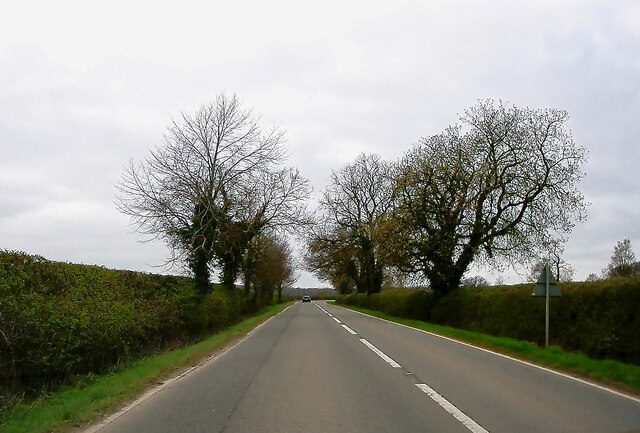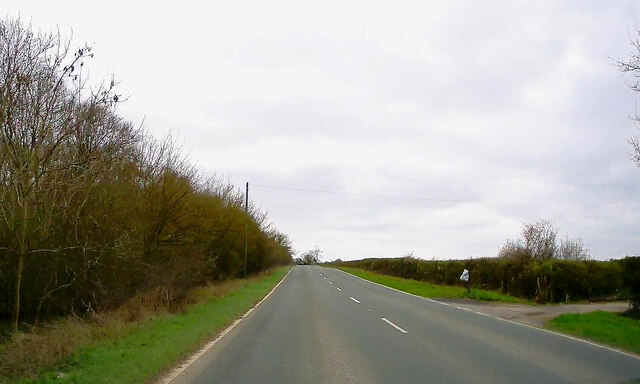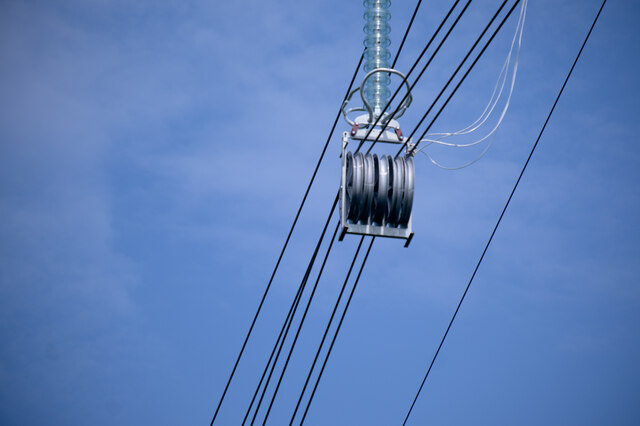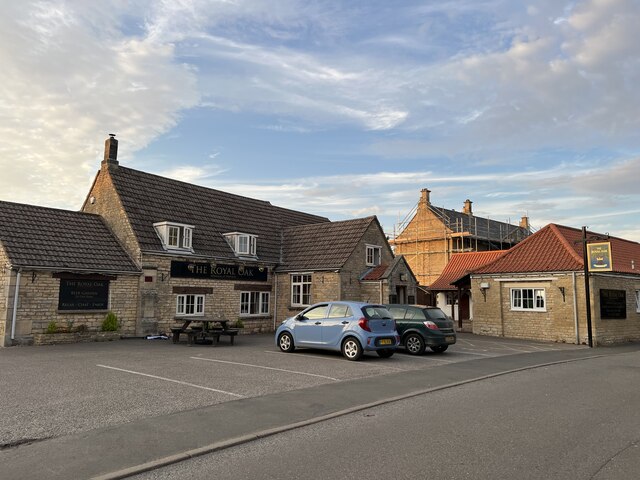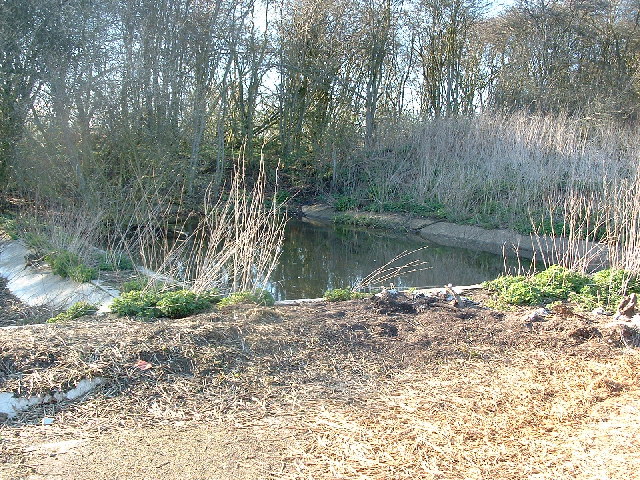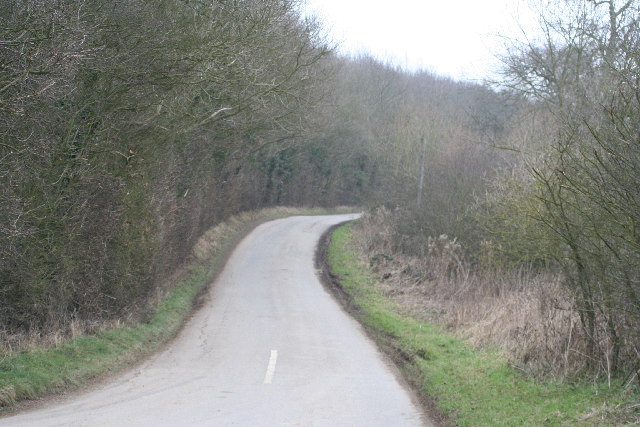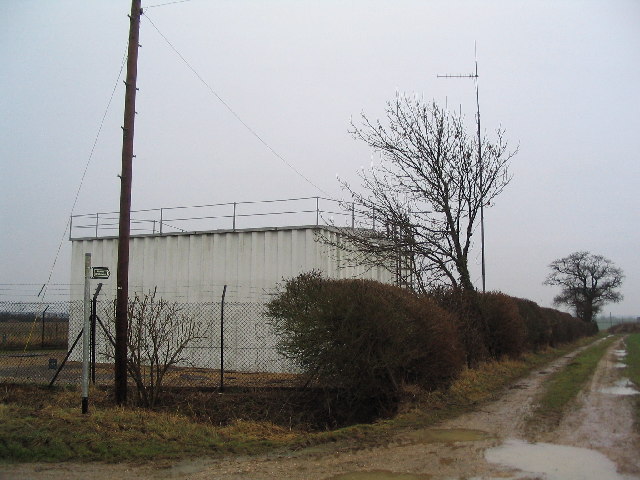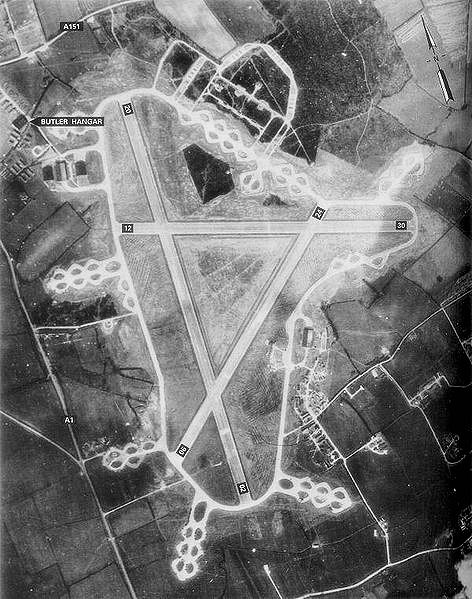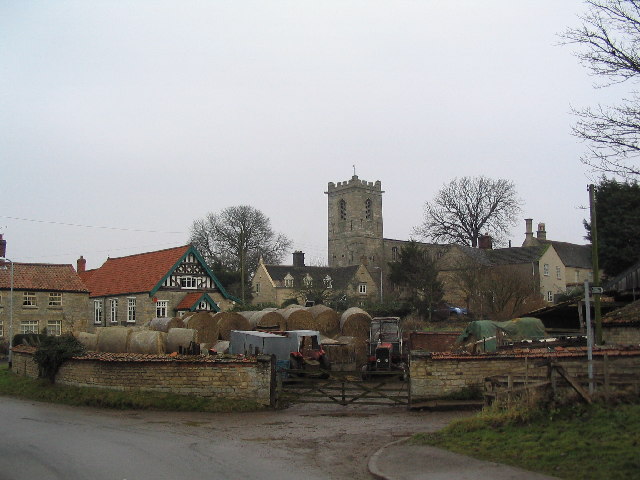Dodsey Wood
Wood, Forest in Lincolnshire South Kesteven
England
Dodsey Wood

Dodsey Wood is a picturesque forest located in the county of Lincolnshire, England. It spans over a vast area of lush greenery, covering approximately 500 acres of land. This woodland is known for its diverse range of trees, including oak, beech, ash, and birch. These trees create a dense canopy, providing a tranquil and serene atmosphere for visitors.
Dodsey Wood is home to an abundant array of wildlife, making it an ideal destination for nature enthusiasts and wildlife lovers. The forest is inhabited by various species, such as deer, foxes, badgers, and a wide variety of bird species. Birdwatchers can spot species like woodpeckers, owls, and songbirds, adding to the appeal of the woodland.
The forest offers numerous walking trails and paths, allowing visitors to explore the natural beauty at their own pace. These trails are well-maintained and provide stunning views of the surrounding countryside. Dodsey Wood also features a small lake, which adds to its scenic charm and attracts waterfowl and other aquatic creatures.
The woodland is accessible to the public throughout the year, with no entrance fee. It is a popular destination for families, hikers, and nature lovers who seek a peaceful and immersive experience in nature. Dodsey Wood is also frequently used by local schools and educational institutions for outdoor activities and environmental studies.
Overall, Dodsey Wood in Lincolnshire is a captivating forest, offering a rich and diverse ecosystem, scenic beauty, and a serene environment for visitors to enjoy and appreciate the wonders of nature.
If you have any feedback on the listing, please let us know in the comments section below.
Dodsey Wood Images
Images are sourced within 2km of 52.797962/-0.55573908 or Grid Reference SK9723. Thanks to Geograph Open Source API. All images are credited.
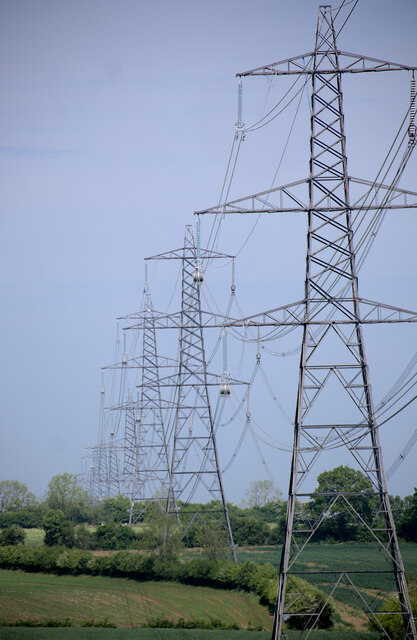

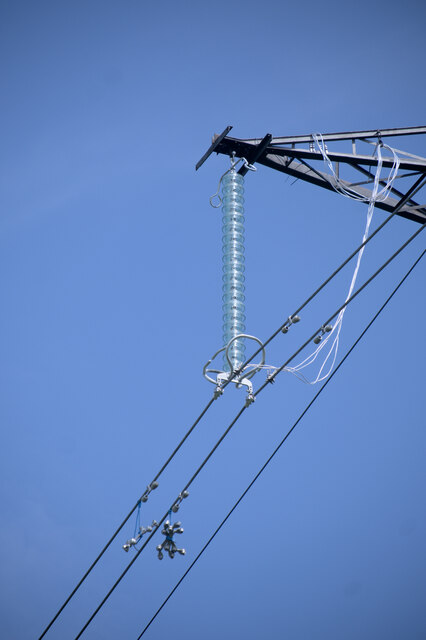
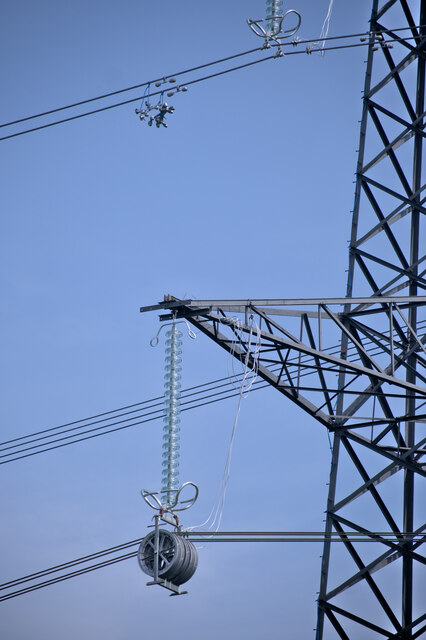
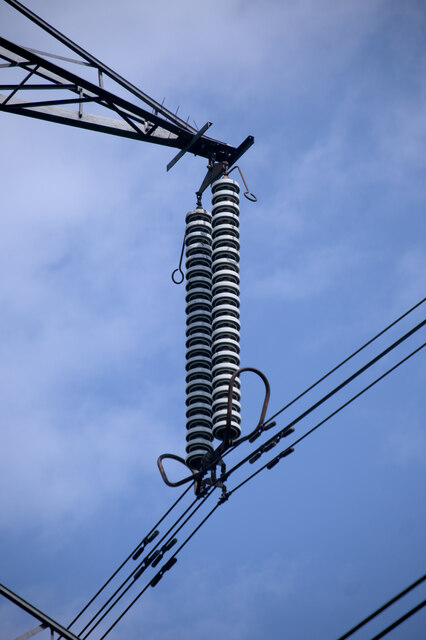
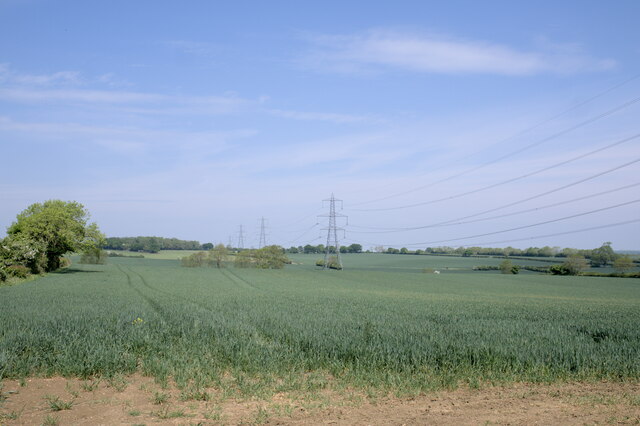
Dodsey Wood is located at Grid Ref: SK9723 (Lat: 52.797962, Lng: -0.55573908)
Administrative County: Lincolnshire
District: South Kesteven
Police Authority: Lincolnshire
What 3 Words
///curtail.engaging.videos. Near Corby Glen, Lincolnshire
Nearby Locations
Related Wikis
Beltisloe
Beltisloe is a Deanery of the Diocese of Lincoln in England, and a former Wapentake.The Wapentake of Beltisloe was established as an ancient administrative...
Corby Glen railway station
Corby Glen railway station was a station on the Great Northern Railway main line serving Corby Glen, Lincolnshire. It was west of the village on the Melton...
Swayfield
Swayfield is a village and civil parish in the South Kesteven district of Lincolnshire, England. The population of the civil parish at the 2011 census...
Burton Coggles
Burton Coggles (full name Burton-le-Coggles from Byrton-en-les-Coggles) is a small village and civil parish in the South Kesteven district of Lincolnshire...
Twyford Wood
Twyford Wood, formerly known as Twyford Forest, is a commercial wood around grid reference SK948230 in Lincolnshire owned by the Forestry Commission, England...
RAF North Witham
Royal Air Force North Witham or more simply RAF North Witham is a former Royal Air Force station located in Twyford Wood, off the A1 between Stamford and...
Charles Read Academy
Charles Read Academy is a co-educational secondary school located in Corby Glen, Lincolnshire, England. It serves the villages between Stamford, Bourne...
Corby Glen
Corby Glen is a village and civil parish in the South Kesteven district of Lincolnshire, England. It is approximately 9 miles (14 km) south-east of the...
Nearby Amenities
Located within 500m of 52.797962,-0.55573908Have you been to Dodsey Wood?
Leave your review of Dodsey Wood below (or comments, questions and feedback).



